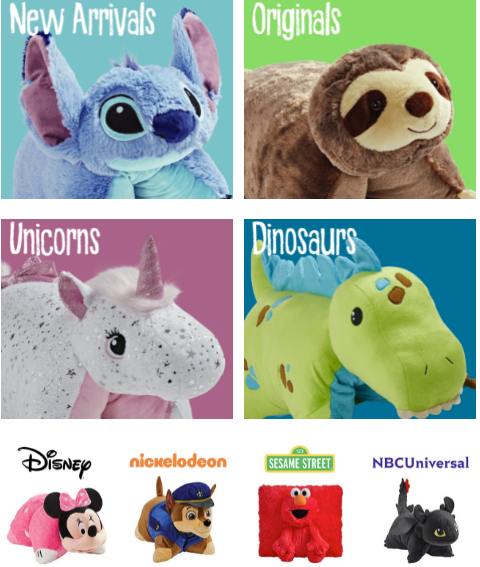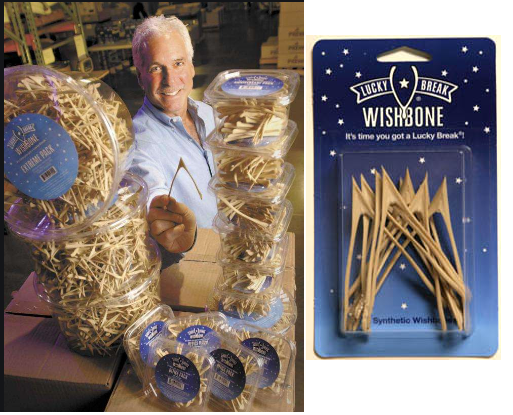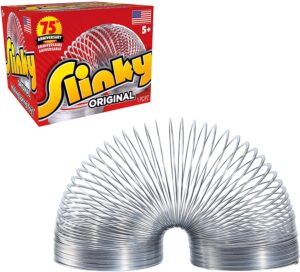Those long showers and toilet breaks yield some weird and wonderful ideas. They’re usually quirky concepts that one would assume will get nowhere in life. But then, we see the next fad that generates millions in profit and appears to be the most simplistic idea ever. The truth is however if you ask your friends and family for the next millionaire idea, we could all easily come up with businesses. The real results come from implementation and that is something that we, as a generation, seem to lack.
No idea should ever be considered too big or too small. Execution is key and in a world of social media, we all have the ability to make our vision come to life quicker than ever. That vision usually involves millions in profits. It takes one piece of content or one product to change our lives. You don’t need to be smart or sophisticated and better yet, your idea doesn’t need to be complicated or extravagant.
I’m going to show you some out of the box ideas that made these inventions successful and netted their founders millions:
- Pillow pet

We’ve all seen children snuggle up to toys as they drift away, sometimes we find our children sleeping on the toy itself. A Normal pillow just doesn’t cut it, as they flatten after some time. Jennifer Telfer saw this as an opportunity and came up with the pillow pet as a solution. A big, cuddly toy that had a flat side so children could actually sleep on a tier pillow and with a toy at the same time. The company made over $300,000 in its first year and subsequently made over $10 million+ in the years after that.
2. Million Dollar home page.

Alex Tew, a 21-year-old student at the time for England, came up with the clever idea to create a pixel Grid 1000 x 1000. The idea was that advertising space could be sold to marketers at a price of $1 per pixel. If every pixel was filled, Tew would net revenue of $1 million. The idea caught the eye of broadcasters and went viral. The driving force behind it was the fact that advertisers could get themselves ‘A piece of internet history’. This was in 2005 but the page is still active: http://www.milliondollarhomepage.com/ Alex has since moved onto other internet marketing-related ventures.
3. Plastic Wishbones

As the old turkey sharing tradition goes. The English would take the v-shaped bone found in the circus of the bird, at the base of the neck. The bone is then left out to dry. Two people grab a side of the bone each and when snapping it apart, the person with the larger piece is suggested to have their wish granted. Ken Ahroni decided that instead of only having one bone to break per bird, he was going to create his own. Incoming the plastic wishbone. So now you could have unlimited wishes at your thanksgiving meal. The idea took in the early 2000’s and netted the inventor millions. It’s now sold in over 10 countries at thousands of outlets.
4. Silly Putty

Dr. James wright was trying to create an inexpensive substitute for rubber in his lab in Connecticut. During World War II accidentally created silly putty. It has weird physical properties whereby it bounces when thrown but is also very liquid when handled lightly. The gooey substance was introduced to the public market in 1950 by peter Hodgson. It sold over 250,000 in the first 3 days. In 1976 when Hodgson died his estate was worth well over $140m.
5. I can haz cheezburger

Eric Nakagawa and his friend Kari Unebasami created a home for the LOL cat memes that were thrown around the web over a decade ago. The website attracted millions of visitors and instantly caught traction. In 2011, it is reported that an investment round gathered well over $10 million in funding. The original creators were said to have sold the website shortly after its inception for $2 million.
The website: Icanhas.cheezburger.com
6. Slinky

Another accidental invention discovered by Richard James. He was a mechanical engineer working out a sea looking to produce springs that could be used aboard. An unintended knock caused the spring to fall off a shelf. James watched in amazement as they graceful walked down the stairs and made for a satisfactory toy. This was originally discovered in the 1950s and a report from CNBC in 2017 stated that the company enjoyed 20% growth rate every year! Total profits today are over $3 billion.
7. The Smiley face

There are certain things in life that you wouldn’t assume could actually be copyrighted. Harvey Ross Ball was originally hired by an insurance company in the ’60s to create a morale booster for its employees. He invented the smiley face as we know it today. Ball was only paid $45 for his work. Two brothers in 1970, Bernard and Murray Spain adopted the design and added the words ‘Have a happy day’. They later changed that to ‘Have a nice day’. They managed to rake in over $50 million from the licensing of the image to various businesses.
